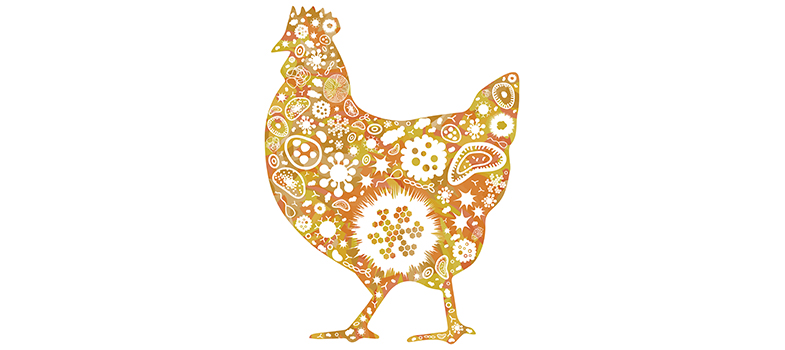2.2 Antimicrobials used in animals of critical importance to human health
The
| Critically important | Highly important | Important | Not used in humans | |
|---|---|---|---|---|
| Highest priority | High priority | |||
Cephalosporins (third, fourth, fifth gen.) Fluro and other quinolones Glycopeptides Macrolides and ketolides Polymyxins | Aminoglycosides Ansamycins Carbapenems and other penems Glycyclines Lipopeptides Monobactams Oxazolidinones Penicillins (natural aminopenicillins and antipseudomonal) Phosphonic acid derivatives Tuberculosis and other mycobacterial drugs | Amphenicols Cephalosporins (first and second gen.) Lincosamides Penicillins (anti-Staphylococcal) Pseudomonic acids Riminofenazines Steroid antibacterials Streptogramins Sulfonamides Sulfones Tetracyclines | Aminocyclitols Cyclic polypeptides Nitrofurantoin Nitroimidazoles Pleuromutilins | Bambermycins Quinoxalines Ionophores Orthosomycins |
The WHO CIA list serves as a benchmark for antimicrobial use in animals. The OIE also has a list of antimicrobials important to veterinary medicine. While the categories are similar, the OIE used different criteria to categorise antimicrobials than WHO. You can review the list on the OIE website.
There is considerable overlap between the WHO and OIE lists, with some of the same antimicrobial classes being categorised as critically important for both human and animal health, including:
- fluoroquinolones (FQs) – ciprofloxacin, enrofloxacin, marbofloxacin
- third and fourth generation cephalosporins – ceftiofur, Cefoperazone, cefquinome
- macrolides – tilmicosin, erythromycin, tulathromycin.
Attention is focused in both the WHO and OIE on the use of CIAs in food animals and, in particular, intensive farming. Many studies have reported instances where CIAs have been used in farming. For example:
- A survey of poultry farms in the Mekong Delta of Vietnam found that nearly a third of overall usage involved antimicrobial classes on the WHO’s HP-CIA list (Carrique-Mas et al., 2019).
- A survey of poultry farmers in Nigeria found that 80% of antibiotics used in poultry were administered without a veterinary prescription, and 63% of respondents used enrofloxacin, and 50% used erythromycin, both in the WHO highest priority group (Oloso et al., 2019).
- A study examining 94 aquaculture farms in Vietnam reported most antimicrobials used were on the WHO’s HP-CIA list, and 26.9% of fish brought from local markets tested positive for antimicrobial residues (Pham et al., 2015).
In 2017, the WHO published guidelines on using medically important antimicrobials in food animals (WHO, 2017b). You can read the report on the WHO website at your leisure.
Four recommendations were made, including:
- Reducing use of medically important antimicrobials in food animals
- Prohibiting use of medically important antimicrobials for growth promotion
- Prohibiting the use of medically important antimicrobials for preventative purposes
- Prohibiting the use of HP CIA to control or treat clinical diseases in food animals.
The WHO acknowledges there is low to very low-quality evidence to justify the recommendations. Unsurprisingly recommendations 3 and 4 have been controversial in the global animal health sector. There is widespread concern that prohibition of medically important antimicrobials will compromise animal welfare and risk more severe disease outbreaks.
Do you think medically important antimicrobials should be restricted to people only? If so, what criteria should the restrictions be based on?
Activity 5: Antimicrobial use in animals and humans
2.1 Challenges in LMICs



